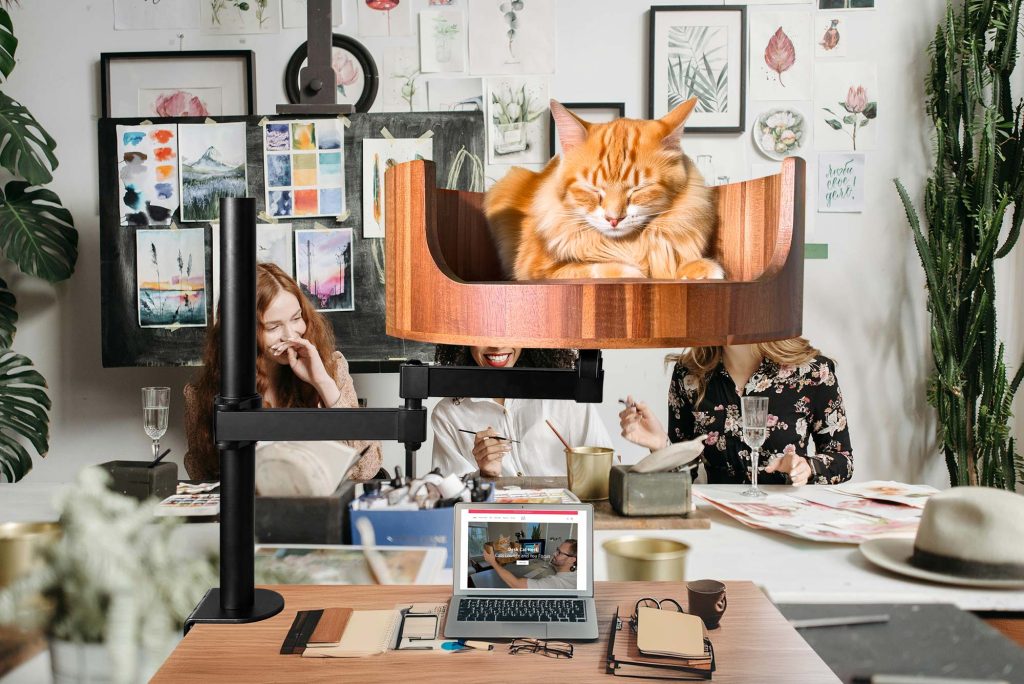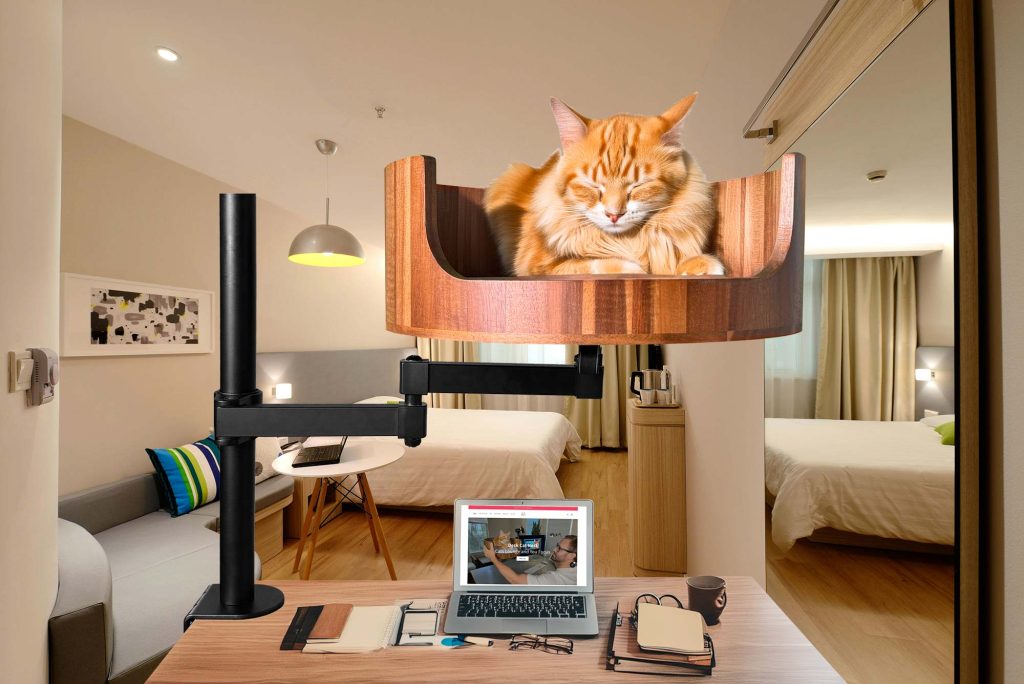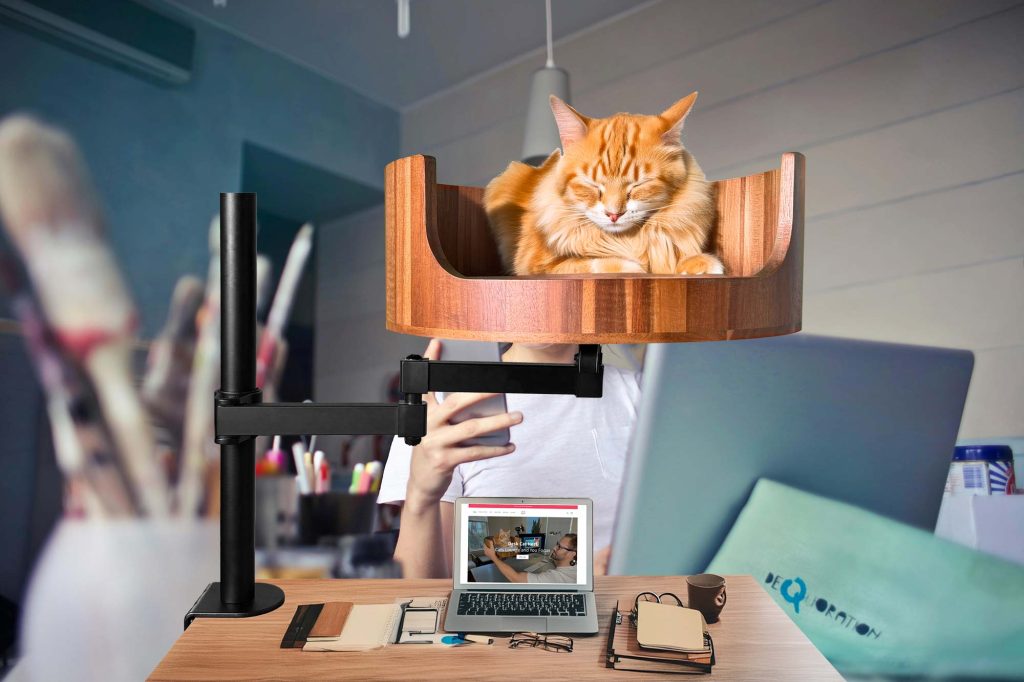Have you ever wondered what your cat is trying to tell you with its tail? The way a cat holds and moves its tail can convey a wealth of information about its mood and intentions. One common but often misunderstood feline body language cue is the low tail wag, which can indicate a variety of emotions and states of mind.
In this article, we will delve into the intricacies of cat body language, focusing specifically on the low tail wag. We will explore the various meanings behind this behavior, from possible signs of aggression or irritation to subtle signals of playfulness or curiosity. By understanding the nuances of feline tail movements, you can better communicate with and respond to your beloved pet’s needs. Stay tuned to learn more about decoding the language of cats and deepening your bond with your furry friend.
1. A cat’s low tail wag indicates that they are feeling uncertain or anxious.
2. Understanding feline body language can help pet owners better interpret their cat’s moods and needs.
3. Tail wagging is just one of many ways cats communicate through body language.
4. Cats may exhibit a low tail wag when encountering new people, animals, or environments.
5. By recognizing and responding to a cat’s low tail wag, owners can help their feline companion feel more comfortable and secure.
Understanding Cat Tail Language
One of the important aspects of feline body language is their tail movements. Cats use their tails to communicate a wide range of emotions, including fear, aggression, friendliness, and more. A low tail wag typically indicates that a cat is feeling tense or apprehensive. It may be a sign of fear or discomfort in a particular situation. It is important to pay attention to other body language cues to understand the context behind the low tail wag.
Possible Reasons for Low Tail Wag
There are several reasons why a cat may exhibit a low tail wag. It could be due to feeling threatened by a new person or animal in the environment, feeling scared or stressed by loud noises or sudden movements, or even just feeling unwell. Cats are very sensitive animals, and even small changes in their environment can trigger a low tail wag.
How to Respond to a Cat with a Low Tail Wag
When you notice your cat displaying a low tail wag, it is important to respond appropriately. Avoid making sudden movements or loud noises that could further stress out your cat. Instead, give them space and time to calm down. Try to identify the source of their discomfort and remove it if possible. If your cat is regularly exhibiting a low tail wag, it may be a sign that they are feeling chronically stressed or anxious, and you may need to consult with a veterinarian or animal behaviorist for further guidance.
Case Study: Dealing with a Cat with a Chronic Low Tail Wag
In some cases, a cat may exhibit a low tail wag as a chronic behavior due to past trauma or ongoing stress. For example, a rescue cat that was previously mistreated may continue to display this behavior even after being placed in a loving and caring home. In such situations, it is important to be patient and understanding with the cat, providing them with a safe and soothing environment to help them gradually overcome their fears and anxieties. Consulting with a professional who specializes in feline behavior can also be beneficial in these cases.
Frequently Asked Questions
What is cat low tail wag?
Cat low tail wag is a condition where a cat’s tail is hanging down or held lower than usual, indicating discomfort or pain. It can be caused by various issues such as injury, illness, or stress.
How can the Desk Cat Nest help with cat low tail wag?
The Desk Cat Nest provides a comfortable and secure place for your cat to rest and relax. By having a cozy spot to call their own, cats may feel less stressed or anxious, which can help alleviate symptoms of low tail wag.
Is the Desk Cat Nest easy to assemble?
Yes, the Desk Cat Nest is simple to assemble with clear instructions included. It usually only takes a few minutes to put together, so your cat can start enjoying their new cozy spot in no time.
Can the Desk Cat Nest be adjusted to fit different desk sizes?
Yes, the Desk Cat Nest is designed to be easily adjustable to fit a variety of desk sizes. It can be extended or retracted to accommodate different desk widths, making it a versatile and convenient option for cat owners.
Is the Desk Cat Nest durable and safe for my cat?
Yes, the Desk Cat Nest is made from high-quality materials that are sturdy and safe for cats to use. It is designed to withstand the weight of most cats and provides a secure platform for them to rest on.
In conclusion, the Desk Cat Bed is a valuable choice for cats experiencing low tail wag as it provides a cozy and secure spot for them to rest and relax. The raised design of the bed encourages better circulation and spinal alignment, which can help improve overall tail function. Additionally, the soft and plush materials of the bed ensure maximum comfort for your cat. By investing in a Desk Cat Bed, you are not only providing a comfortable resting spot for your feline friend, but also potentially helping improve their tail wag and overall well-being.


